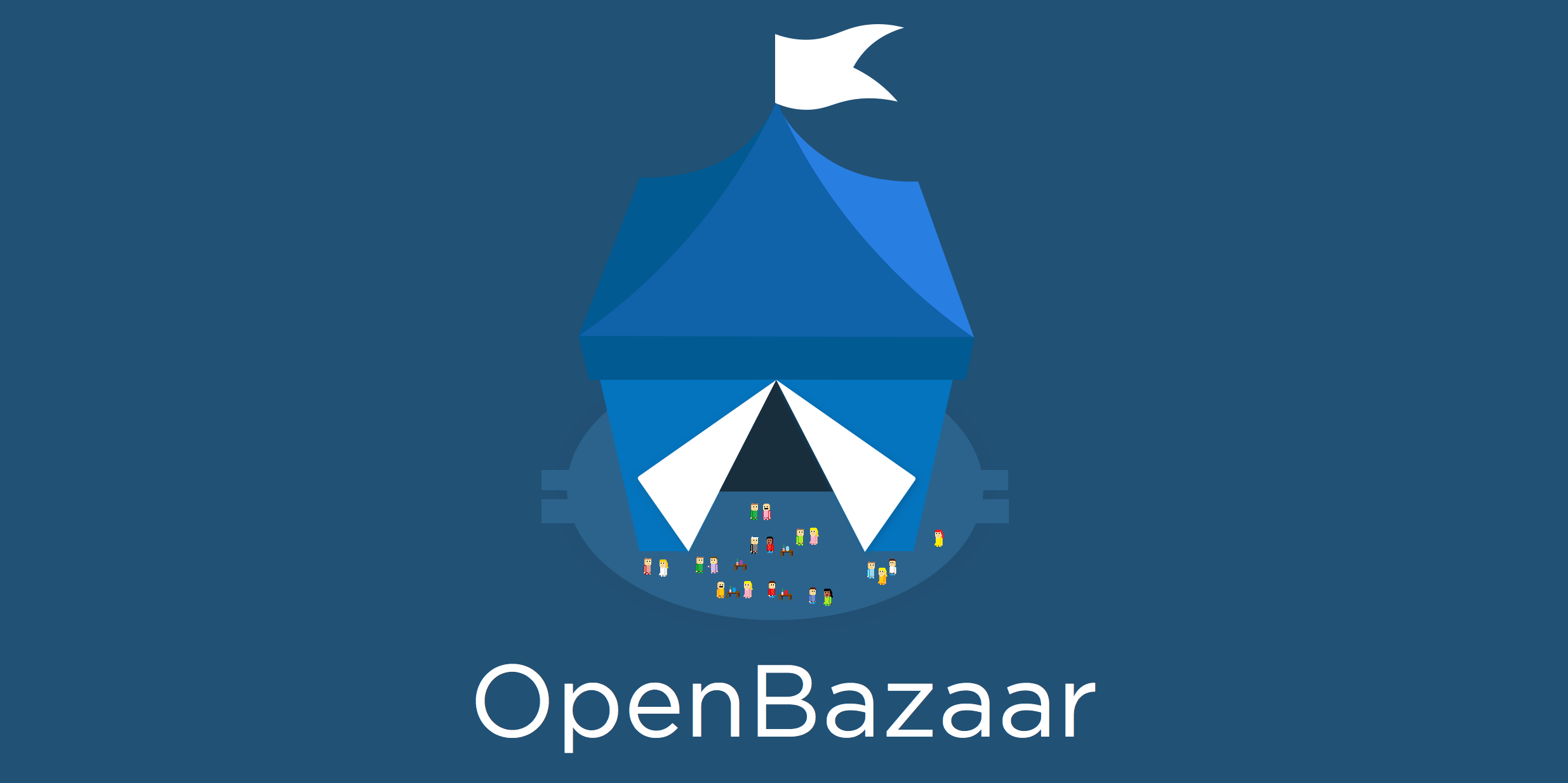How to set up a Bitcoin wallet

Well well well, you’ve heard of Bitcoin or read this article and now you want to get started. You’ve come in the right place; the first step, though it may seem trivial, is crucial to get off on the right foot.
What is a Bitcoin wallet
What is a wallet? A wallet is a case used to carry money. So what is a Bitcoin wallet? A case to carry (hold would be more appropriate) Bitcoins. So as you might guess your Bitcoin wallet is pretty important and losing it means losing your beloved Bitcoins. It is a file containing the instructions to send and receive Bitcoins, but it remains a file and only a file. Usually wallets are protected using inbuilt password/passphrases so that if anyone gets a copy of your wallet it will be hard to move your Bitcoins. Without that password, whoever gets a copy of your wallet will be able to move your Bitcoins freely. However to start using Bitcoin and to create a wallet you will have to set up a Bitcoin client.
So what is a Bitcoin client
The Bitcoin client will be the main interface you use to manage your Bitcoins and also a mean to be more secure about how your Bitcoins are handled. Let’s put it this way: would you entrust a stranger with your wallet? That stranger is the Bitcoin Client, so you should at least trust it a bit to start using it. That’s why you should take some time evaluating the client before starting. Each client has its own pros and cons and if you want a higher level of security you might want to refer to a more in-depth article, but if you just want to start using Bitcoin, using Bitcoin core is quite good for your purpose.
Web, Desktop, Mobile or Hardware (?)
Depending on the platform you’re using you will be selecting a different client, but choose carefully, as we were saying earlier, you must be secure of your choice before diving in the Bitcoin world. The choice is easier than you think, but to be sure let’s first review the platforms:
- Web: this one is the simplest and also the less time-consuming. You’ll be able to access your wallet within a browser so it will be platform-independent (as long as you have a browser on the device.) However you have to trust a third-party and the wallet will be on a server rather than on your local machine.
- Desktop/Mobile: this was the standard in the past to start using Bitcoins, however as web companies started their own business, web wallets became more and more used by entry-Bitcoiners. This gives you much more control, but it takes time to synchronize your client with the network.
- Hardware: the last one is for security-paranoids or for professionals who want to ensure their Bitcoin business goes on without stops. It involves using specialised hardware, so it will come with a cost.
In short:
- Web: Easiest / Security depends on the third-party.
- Desktop/Mobile: Normal difficulty / Security depends on you.
- Hardware: Most difficult / Security depends on the hardware and on your practices.
If you wish for a wider choice you may want to refer to the bitcoin.org choose-your-wallet page.
Bitcoin Core
This is the first Bitcoin client ever created, you might say it is the original one. It falls under the Desktop category and it’s really easy to set up on Windows! Just go to bitcoin.org/en/download and grab an installer for Windows (pick the one according to your CPU architecture!). Once you download it, run and install, it’ll be as easy as drinking! Once installed you will have to wait for the first synchronization: since every transaction is public and stored in a great file called Blockchain it will take quite some time (the first time I did it it took about two full days) to download over 20GB (at the moment of writing). That’s it! Now you’re ready to use Bitcoins!
Image courtesy of Zach Copley.
- 2020 A year in review for Marksei.com - 30 December 2020
- Red Hat pulls the kill switch on CentOS - 16 December 2020
- OpenZFS 2.0 released: unified ZFS for Linux and BSD - 9 December 2020









Recent Comments